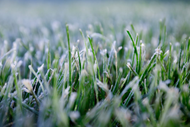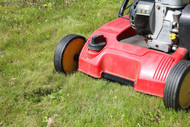Irrigation System Winterization
Nov 10th 2023
Irrigation system winterization is a process that helps protect your underground pipes in cold weather. Typically it is performed around the time grass goes dormant for the fall/winter season. The mai
…







